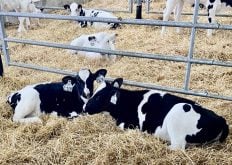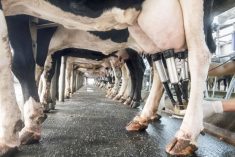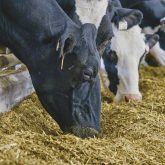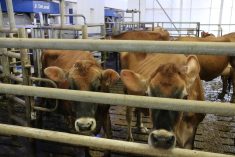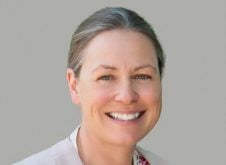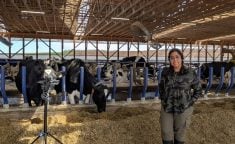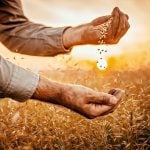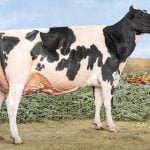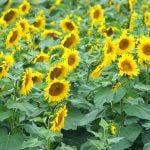A UK company’s 3D images of cows can help evaluate their body condition and identify lameness.
The payoff for farmers is early treatment and management of cattle with lower body condition scores, which improves reproduction, says Heather Sanders, director of science for AgSenze.
Why it matters: Delayed pregnancy and lameness are costly challenges on dairy farms.
Cows lose body condition score after calving as their body adjusts to full milk production, but the question is just how much loss is a problem.
Read Also
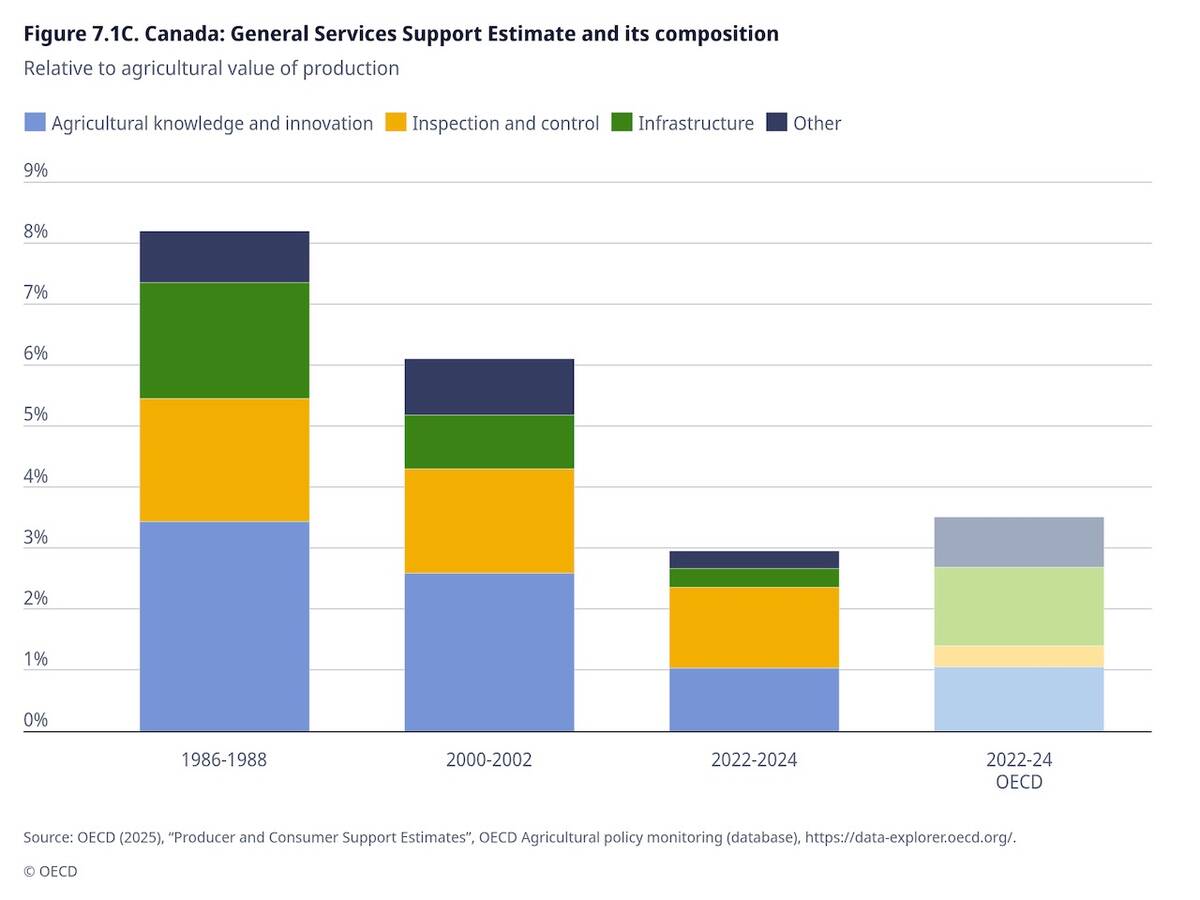
OECD lauds Canada’s low farm subsidies, criticizes supply management
The Organization for Economic Co-operation and Development lauded Canada’s low farm subsidies, criticized supply management in its global survey of farm support programs.
Sanders says the company’s research on its Herd Vision technology has shown that problems arise when the post-partum drop is too steep.
“We can tell that because we have millimetre scale resolution, so we’re able to, and we look at this on a daily basis,” she said at the recent Ag in Motion 2025 show in Saskatchewan. She was there as part of the Cultivator business incubator, run and funded by Conexus, a Saskatchewan credit union. It has partnered with Innovate UK, and that has meant some British companies joined the most recent Cultivator cohort.
“The savings on fertility alone make this a good cost-benefit for farmers,” she said. Farmers can buy the system outright or use one of the company’s subscription models. If the system lasts 10 years on a mid-sized herd, the cost will be about $16 per cow per year. She says cows cost about $10 per day for each day of delayed pregnancy.
Daily monitoring of body condition score can also help farmers identify problems with cows further into lactation.
The 3D camera sits above a cow at some point in its milking process when it either enters or exits a parlour or a milking robot.
The cow is identified by its RFID tag and the 3D, Lidar camera scans the cow as it walks under the camera. As the camera uses Lidar, it can work in the dark. There are no new wearables for the animal, says Sanders, which means a less-expensive system.
Data is processed in the AgSenze unit, so only scores are sent back to the company’s database, which means fewer limitations on internet access.
“We have generally found that to be able to upload video for farms, they are enormous files.”
Farmers in Europe with animal welfare requirements use the body condition score system as a check that their veterinarian can monitor the farm remotely.
There are other companies with body condition scoring cameras for their proprietary systems, but Sanders says theirs will work with any system.
Farmers receive data in an app on their phones, and the system generates lists of cows to check.
The company has the system working on about 100 farms in the UK and Europe and is looking to distribute in Canada.
Working on beef cattle
The company is working to extend the technology to beef cattle. In that case, the camera sits where the cattle visit numerous times each day, such as a water trough or a salt lick.
One of the next steps for the company is to estimate weights from the images, which would be useful, especially for beef producers.
Sanders says their weight estimates are within five per cent of weigh scale accuracy. “We pretty happy, but we think we can do better. Manual weighing in hard on the animal.”






